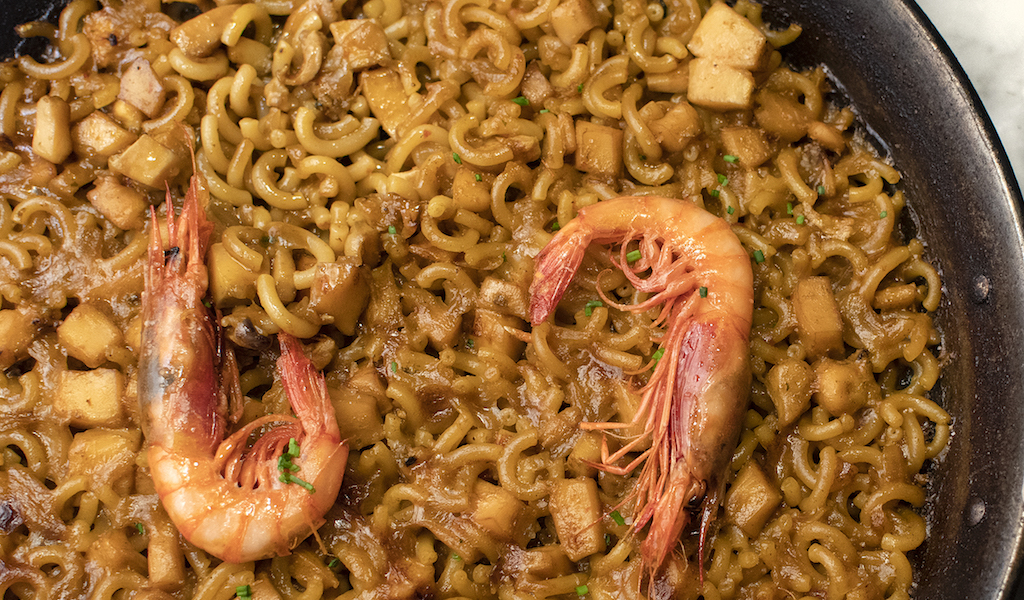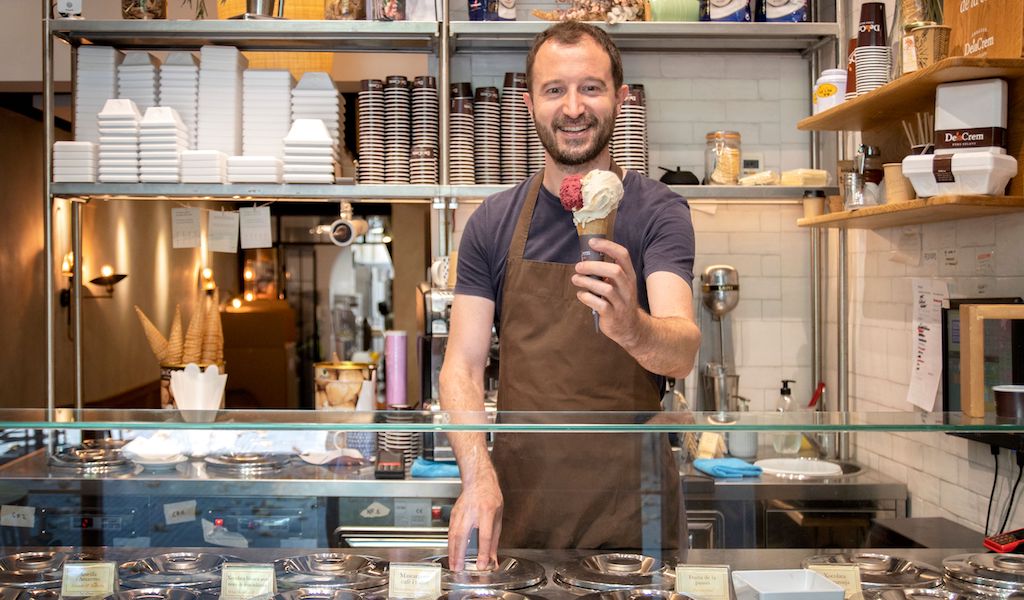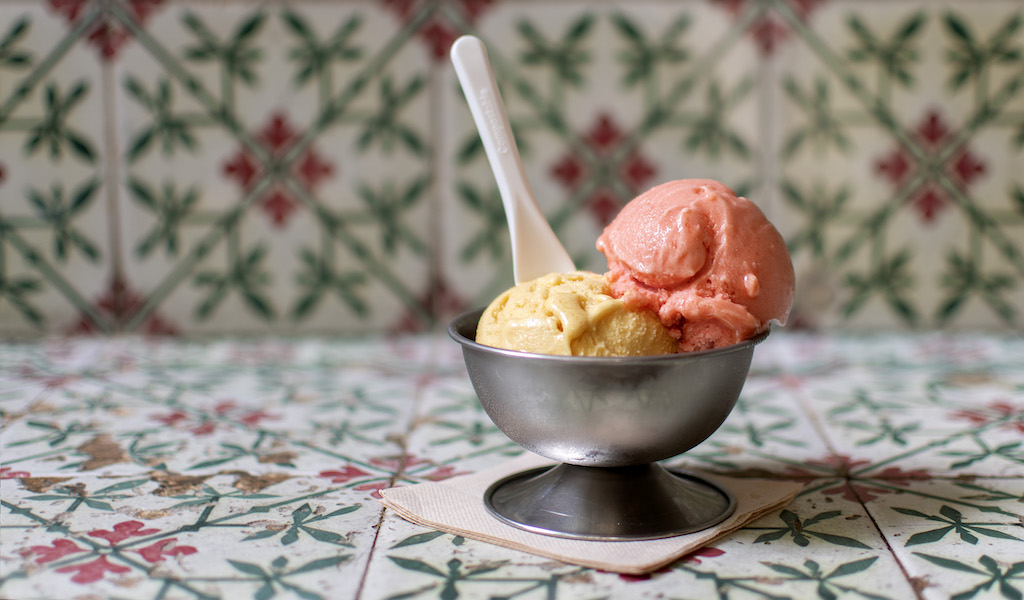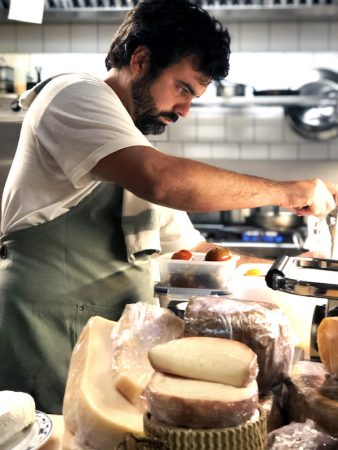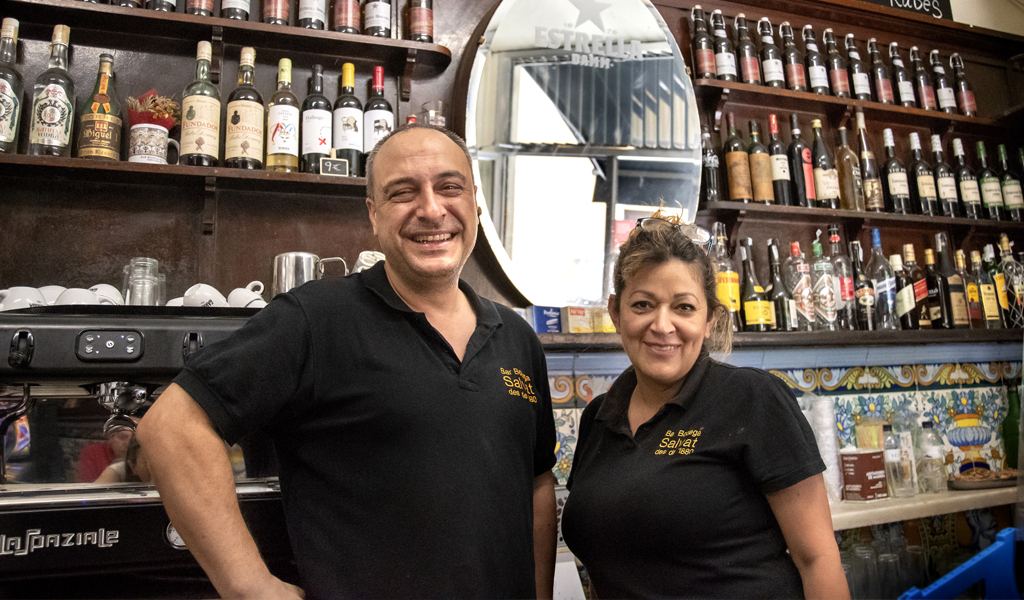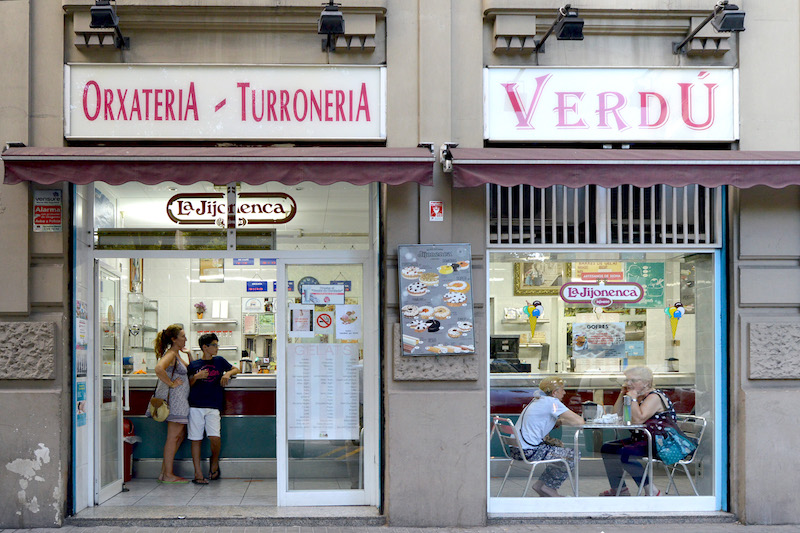We can't find the internet
Attempting to reconnect
Something went wrong!
Hang in there while we get back on track
Search results for "Paula Mourenza"
Barcelona
Fideuá: Noodles to the Rescue
When perusing the menu at any traditional restaurant in Barcelona, one is sure to find a range of paellas and seafood plates. A closer look will also reveal the fideuá, its main ingredient left a mystery. Sometimes done up as fideos arrosejats in Catalonia, fideuá is actually a variation of the iconic seafood paella, but in this case made with fideo (short, thin wheat noodles) instead of rice and served with an intense allioli sauce on the side. Fideuá traces its roots to the Valencian port town of Gandía. According to the Asociación Gastronómica Fideuà de Gandia, the dish was created around 1912-1914 on board the fishing trawler Santa Isabel. The boat would depart at 4am each morning and return in the evenings, meaning the six sailors on board would dine on deck.
Read moreBarcelona
The Frozen Few: Barcelona’s Best Ice Cream, Part 2
Generations of inhabitants of the modern-day Italian peninsula may have learned the art of aromatized ices and frozen fruits and puddings from the East (China, Persia, etc.) – perhaps it was the Ancient Romans or Marco Polo or the Crusaders who introduced some variation of these cold treats. But it is the Italian Francesco Procopio who is considered to be the father of modern gelato. In 1660, he created the first machine to mix sugar, ice and fruit to make “cream.” With less fat, less air, no egg and a slower churning process than traditional ice cream, gelato has taken over from Spain’s traditional orxateries. As Barcelona residents melt under soaring August temperatures, biding their time for a holiday getaway and continuing to battle the Covid variants, the one thing that provides some relief is the city’s stellar gelato scene.
Read moreBarcelona
The Frozen Few: Barcelona’s Best Ice Cream, Part 1
My memories of helados (ice cream) as a kid in the small Galician town of Vigo in the 80s are mostly of the signs outside kiosks advertising Colajets (a cola and lemon flavored popsicle) and Frigo Pies (strawberry ice cream shaped like a foot) – colorful, industrial fantasies on a stick. The quality ice creams of my town were represented by two unique parlors (Di San Remo and Capri), which always had long lines in the summer. However, these places were reserved for very special Sundays. Barcelona’s version of such traditional spots were the Valencian turronerías and horchaterías (orxaterias in Catalan), where locals could get tasty helados with a more artisanal bent. But as the city grows, many of these longstanding places have been disappearing, leaving Barcelona something of a dry desert when it comes to small-batch ice cream.
Read moreBarcelona
Berbena: Back to Basics
At first glance, Berbena, a restaurant in Gràcia, resembles a small, pretty tree with dazzling foliage – it offers a sophisticated and complex dining experience. But the restaurant’s delicate attributes, those pretty leaves, wouldn’t be possible without a carefully tended trunk and roots. In short, the basics matter, something that its creator, chef Carles Pérez de Rozas, decided after years spent in high-end kitchens. Carles had a culinary education par excellence: After studying at the prestigious Hofmann School, a culinary institution in Barcelona, he worked at several Michelin-starred restaurants in Catalonia, such as Drolma, Saüc, and Carmen Ruscalleda’s iconic Sant Pau. A job in the restaurant at the Hotel de Ville de Crissier brought him to Switzerland; he then spent a short and intense period in France with the great chef Michel Bras. In Japan, he trained alongside Seiji Yamamoto, in his Tokyo restaurant Nihonryori RyuGin, adding more notches of refined knowledge to his belt.
Read moreBarcelona
Bodega Salvat: Under Old Management
At Bodega Salvat in the Sants neighborhood, large wooden wine barrels perched on high shelves almost touch the ceiling, looking down on those drinking below with more than 100 years of local history. For several generations of Sants residents, this old bodega, opened in 1880 by the Salvat Vidal family as a bulk wine store, is a fixture of daily life. Now, after a few decades of being run by others, Bodega Salvat’s original owners have returned to bring a new shine to their family gem. The Salvat Vidals, who still own the building housing the more-than-100-year-old watering hole, now protected by the Barcelona City Council as an “iconic bodega,” have passed the business on to various owners over the years.
Read moreBarcelona
Leche Merengada: Milky Magic
For some inexplicable reason, leche merengada, or meringue milk, a traditional Spanish summer drink, has fallen out of favor over the past few decades – industrial ice creams and sodas, with their multicolored flavors, bubbles and fantasy frozen shapes, have seduced local palates, making this monochrome drink pale in comparison. Well, we say that it’s time to shine the spotlight back on the démodé but delicious and nutritious leche merengada and to revive a drink that was considered opulent in numerous Spanish cities back in the 19th and early 20th centuries, and documented in recipe books from as early as the 18th century.
Read moreBarcelona
Bodega La Palma: Gothic Pillar
Although the Gothic neighborhood in Barcelona’s Ciutat Vella (“Old City”) district is supported by deep foundations – it’s the site of the former Roman village of Barcino – much of the quarter’s more recent history has been swept away by the rise of tourism. The few remaining old shops and businesses are often in a precarious position, exposed to the changing times, and yet they continue to stand strong. One such spot is Bodega La Palma, which dates back to at least 1909. Back then it was a shop that sold a little bit of everything as well as bulk wine; now it’s a tapas bar, one that serves as a multigenerational meeting point for locals and visitors (when they’re around).
Read more